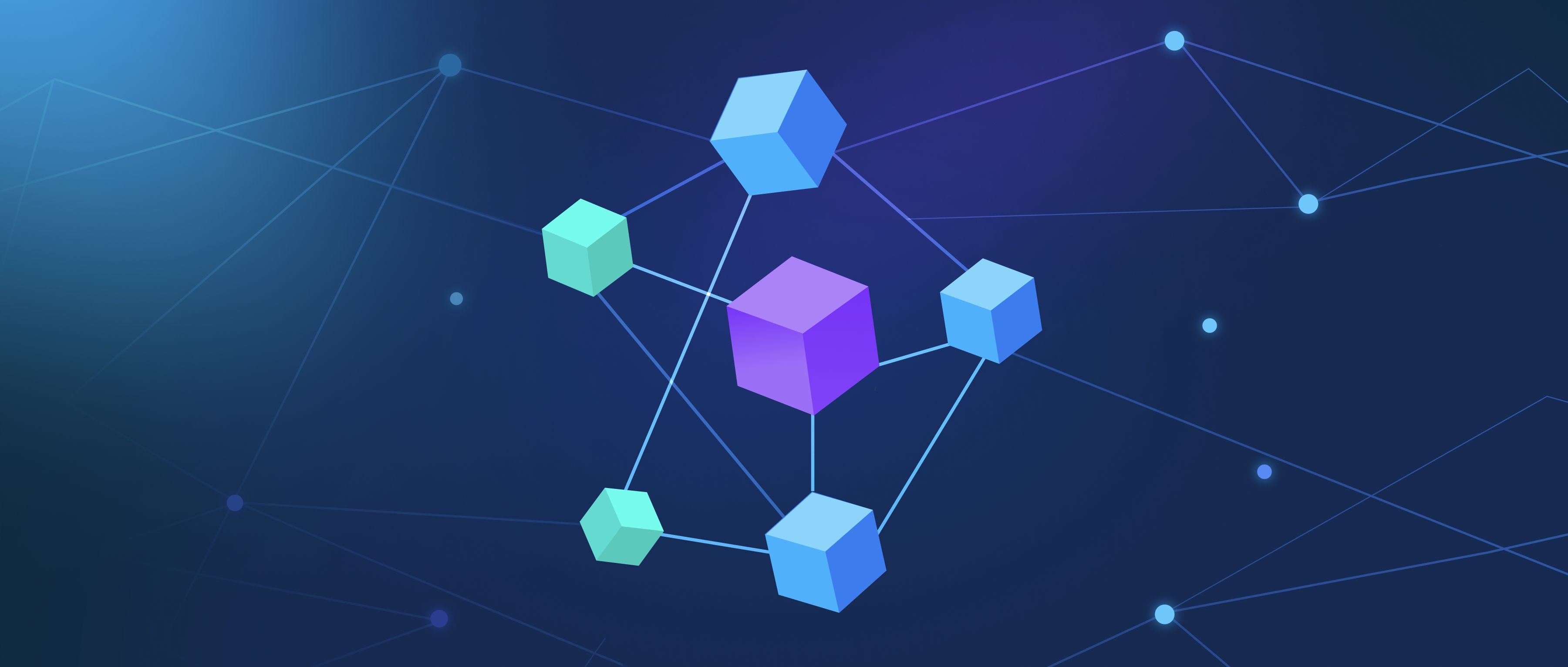Robots update and improve their models of the world primarily through a process called learning, which involves collecting data from their environment, analyzing it, and adjusting their internal representations accordingly. This often takes the form of machine learning, where algorithms are employed to recognize patterns based on the information gathered. For instance, a robot equipped with sensors might collect data about its surroundings, such as the location of obstacles or the behavior of people. This data is then used to refine the robot's understanding and improve its decision-making ability over time.
One specific way robots update their models is through a process known as reinforcement learning. In this approach, a robot learns by interacting with the environment and receiving feedback in the form of rewards or penalties. For example, a delivery robot might receive positive feedback when it successfully navigates to its destination without collisions and negative feedback when it fails or takes too long. By continuously adjusting its actions based on these rewards and penalties, the robot can improve its navigation model, ultimately leading to more efficient and effective behavior in similar situations in the future.
Another technique used by robots is the incorporation of new sensory data into existing models. For instance, a robot that uses vision to navigate will constantly process images from its cameras and update its map of the environment in real time. This process often uses algorithms that integrate sensory information, such as simultaneous localization and mapping (SLAM), which helps the robot build and maintain a consistent map while tracking its position. By combining ongoing sensor data with its previous knowledge, the robot can adapt to changes in its environment, such as moving obstacles or new objects, thus improving its overall understanding and performance.
